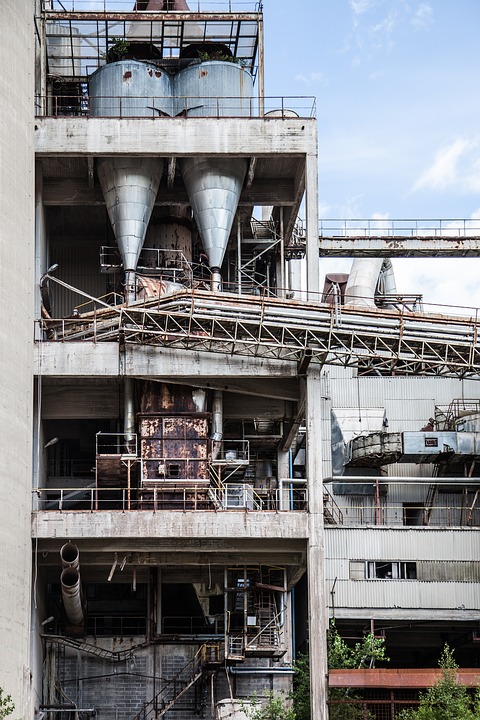Renting a bin, mini bin, dumpster, or waste container in Toronto for your residential or commercial project has been made easy. Core Mini Bins even offers same day service if you need your bin today. As one of the top Toronto dumpster rental companies, we do our best to deliver the highest quality service at the most affordable price. Choose from bin rentals, disposal bins, dumpster rentals, waste disposal bins, garbage bins, mini bins, junk removal, and construction bins. For those that have never rented before, here’s 4 easy steps to getting your rental and what to expect once you have it.
 |
| Mini Bins Rental Toronto |
The first step is to give us a call and speak with a representative to determine the exact size of bin you need. This can be a little tricky for Toronto residents inexperienced with bin rentals however one of our experts is sure to be of assistance. By renting too large, evidently, you’ll end up overpaying on size that you won’t use. By renting too small, you may require upsizing at a later date or risk paying additional fees if it ends up being overfilled. It always makes the most sense to speak with one of our representatives to get a better idea on what’s best for your disposal project and to share what materials you would like to get rid of.
The second step is to book the best date and time for bin delivery. Depending on if it’s to your home, construction site, or office, there may be some scheduling considerations to make. That said, we are one of the few Toronto waste management and bin rental companies who offer same day service. If you need your bin today, we’ll do everything we can to make the necessary arrangements to get you your bin. The third step – and evidently the most fun – is filling up your disposal bin. When filling, be sure not to overfill and also, to not throw in hazardous waste or any materials that are not permitted. If there’s any ambiguity or if anything is unclear, don’t hesitate to give us a call and one of our representatives would be sure to outline what materials are acceptable.
The fourth and final step is the disposal bin pick-up which is our responsibility. After you’ve filled your bin, either give us a call to arrange pick-up or wait until your assigned pick-up date. At this step, we take care of pick-up and handle all the dumping and/or recycling that needs to happen. If there’s the opportunity to reuse any materials inside the dumpster, we will do our best to ensure they are recycled at the appropriate facilities. Whichever materials are deemed unrecyclable, we will dump them at the appropriate site. If there’s any further questions on this final step, don’t hesitate to call the office and we would be happy to address any queries.
When it comes to renting a bin, mini bin, dumpster, or waste container, Core Mini Bins is one of the best in Toronto. Over the years, we’ve worked on hundreds of residential, commercial, and industrial projects across Toronto, the GTA, and southern Ontario. Call us anytime and we will be sure to do our best to ensure the support you need is on its way. Core Mini Bins is the ultimate waste management solution!





